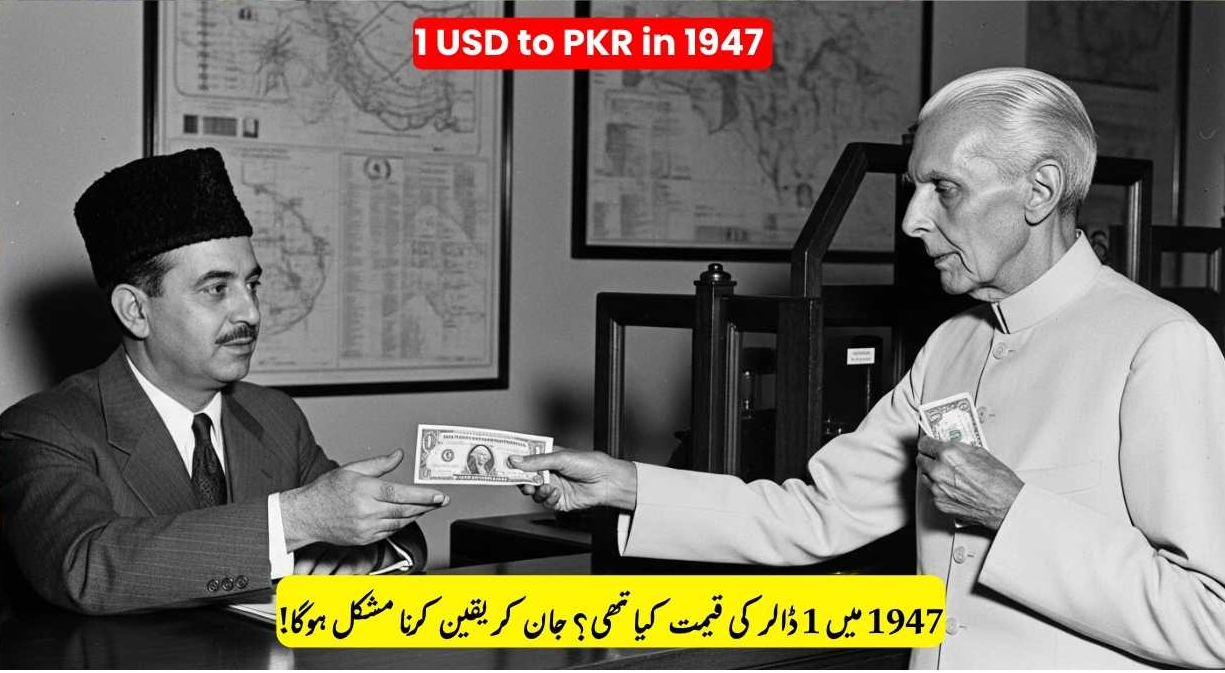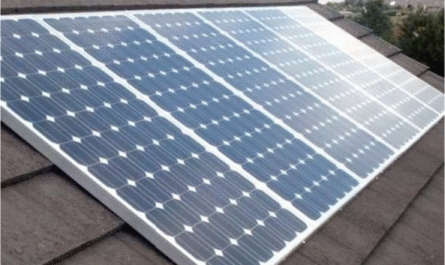The journey of the US Dollar (USD) against the Pakistani Rupee (PKR) over the past 78 years tells a compelling story of economic shifts, political developments, and global financial trends. From a modest exchange rate in 1947 to soaring heights in 2025, the USD to PKR trajectory reveals how national and international events have shaped Pakistan’s currency landscape.
USD to PKR in 1947: The Starting Point
When Pakistan gained independence in 1947, the country did not have its own currency immediately. Initially, Indian currency was used with “Government of Pakistan” stamps. In those early days, 1 USD was equal to around 3.31 PKR, primarily because the Pakistani Rupee was pegged to the British Pound, which in turn was linked to the US Dollar. 78 Years of USD to PKR.
1950s–1970s: The Era of Fixed Exchange Rates
Throughout the 1950s and 1960s, Pakistan maintained a relatively stable exchange rate system. The government kept the Rupee pegged to the British Pound, which led to limited fluctuation in the USD rate. By 1971, the USD to PKR rate had risen modestly to around 4.76.
But in 1972, Pakistan devalued its currency for the first time significantly under Prime Minister Zulfikar Ali Bhutto. The new exchange rate was around 11 PKR per USD, marking a major shift.
1980s: Controlled Liberalization
The 1980s saw gradual changes in Pakistan’s exchange rate policy. While the Rupee remained somewhat controlled, pressures from IMF loans and balance-of-payments crises started to influence the exchange rate. By the end of the decade, USD to PKR was around 18.00.
1990s: Free-Floating and Fast Climb
In the 1990s, Pakistan moved towards a free-floating exchange rate, which led to more volatility. The country also experienced economic instability, nuclear sanctions after 1998 tests, and a struggling economy.
- 1990: Around 21 PKR
- 1995: Around 31 PKR
- 1999: Around 51 PKR
2000s: Steady Depreciation Amid Globalization
The early 2000s brought relative stability, especially with the influx of US aid after 9/11. However, by the end of the decade, the financial crisis and domestic inflation pushed the dollar rate higher.
- 2001: ~63 PKR
- 2008: ~70 PKR
- 2010: ~85 PKR
2010s: Political Instability and Inflation Pressure
The Rupee came under increasing pressure from rising imports, debt repayments, and weakening foreign reserves.
- 2015: ~105 PKR
- 2018: ~123 PKR
- 2019: ~154 PKR
2020–2023: COVID, IMF, and Inflation Shocks
The global pandemic, rising fuel prices, political changes, and delays in IMF funding all drove the USD higher.
- 2020: ~160 PKR
- 2022: ~230 PKR
- 2023: USD to PKR crossed 285 in the open market, touching even 300 at times.
2024–2025: Stabilization Attempts and Historic Highs
The new government tried to stabilize the economy with stricter monetary policy and IMF compliance. Still, economic challenges and inflation continued.
- 2024: ~275–285 PKR
- 2025: USD to PKR is hovering around 290–305, marking the highest in history.
Key Factors Behind USD’s Climb Over 78 Years
- Trade Deficits – Pakistan has consistently imported more than it exports, leading to demand for USD.
- Debt and IMF Programs – Frequent reliance on IMF loans has often required currency devaluations.
- Inflation and Fiscal Deficits – Persistent inflation and budget shortfalls devalue the Rupee.
- Political Instability – Uncertainty and governance issues weaken investor confidence.
- Global Dollar Strength – A strong USD globally often puts pressure on emerging market currencies.
Conclusion: A Long Road Ahead
From 3.31 PKR in 1947 to over 300 PKR in 2025, the Dollar’s rise is not just a story of numbers—it’s a reflection of Pakistan’s economic journey. While challenges remain, strategic reforms, export-led growth, and financial discipline can eventually bring stability to the PKR. Understanding this 78-year history is key to shaping a better financial future.



